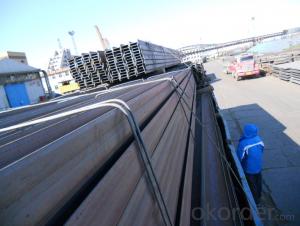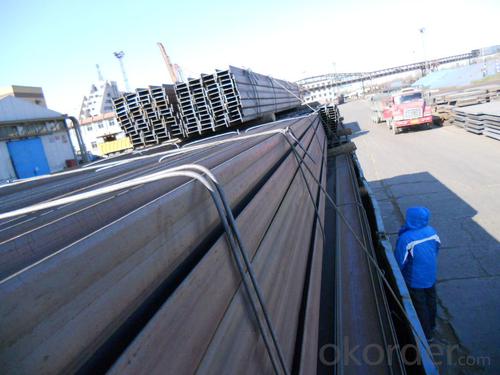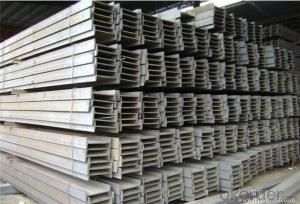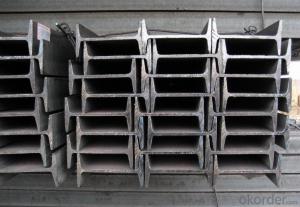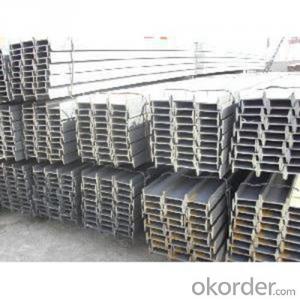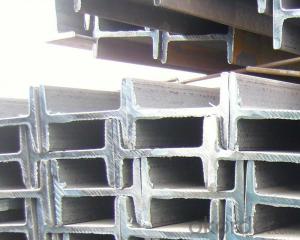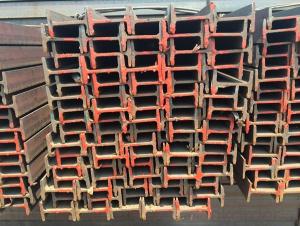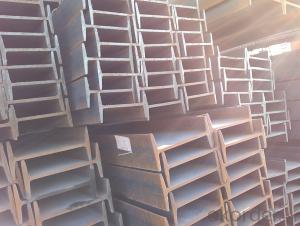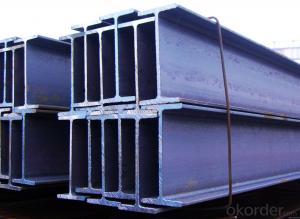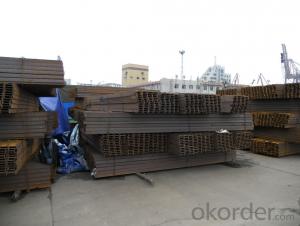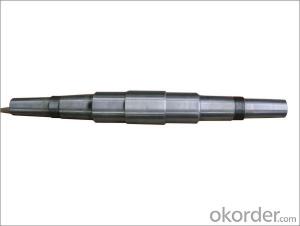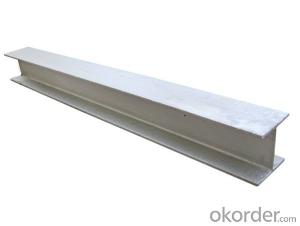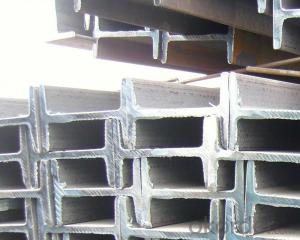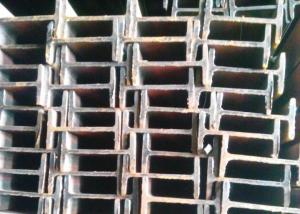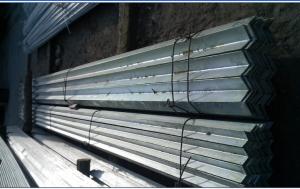MS Hot Rolled Low Carbon Alloy Steel IPEAA
- Loading Port:
- China main port
- Payment Terms:
- TT OR LC
- Min Order Qty:
- 100 m.t.
- Supply Capability:
- 10000 m.t./month
OKorder Service Pledge
OKorder Financial Service
You Might Also Like
Specification
Product Description:
OKorder is offering MS Hot Rolled Low Carbon Alloy Steel IPEAA at great prices with worldwide shipping. Our supplier is a world-class manufacturer of steel, with our products utilized the world over. OKorder annually supplies products to African, South American and Asian markets. We provide quotations within 24 hours of receiving an inquiry and guarantee competitive prices.
Product Applications:
MS Hot Rolled Low Carbon Alloy Steel IPEAA are ideal for structural applications and are widely used in various building structures and engineering structures such as roof beams, bridges, transmission towers, hoisting machinery and transport machinery, ships, industrial furnaces, reaction tower, container frame and warehouse etc.
Product Advantages:
OKorder's MS Hot Rolled Low Carbon Alloy Steel IPEAA are durable, strong, and wide variety of sizes.
Main Product Features:
· Premium quality
· Prompt delivery & seaworthy packing (30 days after receiving deposit)
· Can be recycled and reused
· Mill test certification
· Professional Service
· Competitive pricing
Product Specifications:
Manufacture: Hot rolled
Grade: Q195 – 235
Certificates: ISO, SGS, BV, CIQ
Length: 6m – 12m, as per customer request
Packaging: Export packing, nude packing, bundled
| IPE AA | ||||
| Designation | H×B | Tw | Tf | Weight (kg/m) |
| IPE 100 AA | 97.6x55 | 3.6 | 4.5 | 6.72 |
| IPE 120 AA | 117x64 | 3.6 | 4.8 | 8.36 |
| IPE 140 AA | 136.6x73 | 3.8 | 5.2 | 10.05 |
| IPE 160 AA | 156.4x82 | 4 | 5.6 | 12.31 |
| IPE 180 AA | 176.4x91 | 4.3 | 6.2 | 14.94 |
| IPE 200 AA | 196.4x100 | 4.5 | 6.7 | 17.95 |
| IPE 220 AA | 216.4x110 | 4.7 | 7.4 | 21.19 |
| IPE 240 AA | 236.4x120 | 4.8 | 8 | 24.89 |
FAQ:
Q1: Why buy Materials & Equipment from OKorder.com?
A1: All products offered byOKorder.com are carefully selected from China's most reliable manufacturing enterprises. Through its ISO certifications, OKorder.com adheres to the highest standards and a commitment to supply chain safety and customer satisfaction.
Q2: How do we guarantee the quality of our products?
A2: We have established an advanced quality management system which conducts strict quality tests at every step, from raw materials to the final product. At the same time, we provide extensive follow-up service assurances as required.
Q3: what is the difference between actual weight and theoretical weight?
A3: All the section steel has two weights: actual weight and theoretical weight. Actual weight is the weighing out when the product delivered from the mill. Theoretical weight is calculated by pieces. The invoice can be based on each of them as your request.
Images:
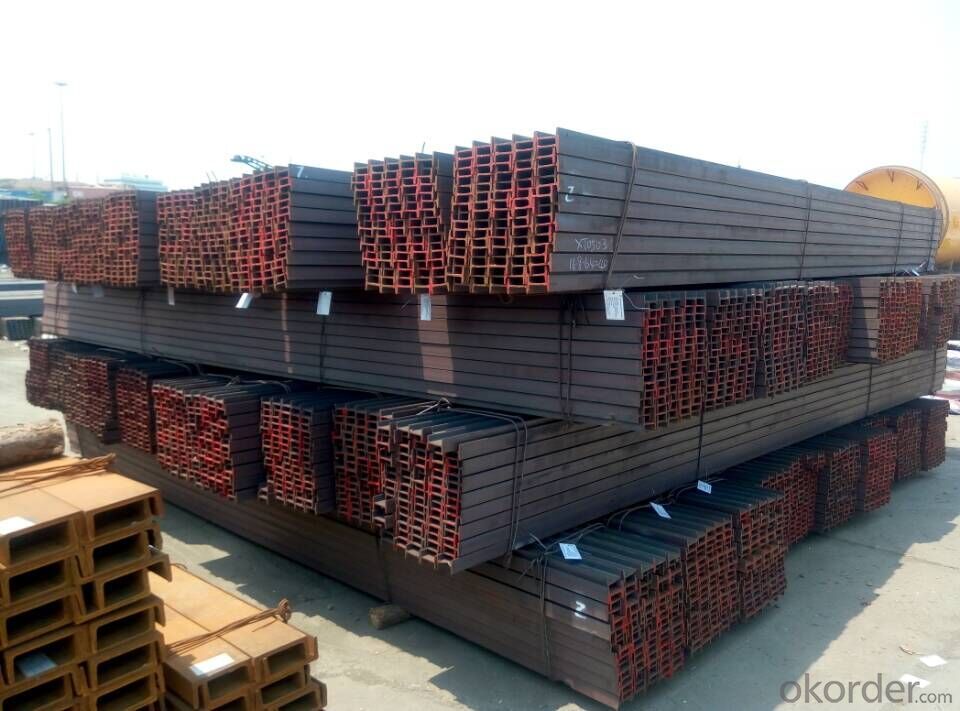
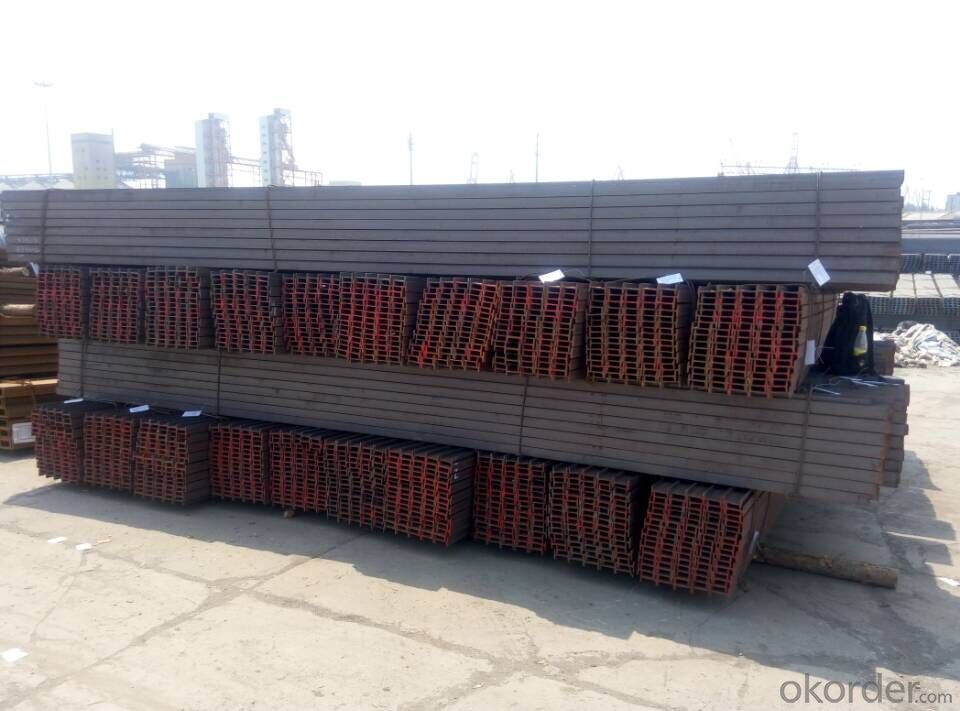
- Q: Are steel I-beams subject to any specific building code requirements?
- Steel I-beams must adhere to specific building code requirements, which are regulations and standards that dictate the minimum criteria for building design, construction, and materials. These codes aim to guarantee the safety and structural stability of buildings. Regarding steel I-beams, building codes typically encompass requirements related to their size, shape, and material properties. These specifications are based on factors like the loads the beams will bear, their span, and the overall structural design of the building. For example, building codes may stipulate the minimum dimensions and shape of I-beams, along with the recommended steel type, such as ASTM A992 or ASTM A36. Codes may also dictate the spacing and connections between beams, as well as any necessary additional reinforcement or bracing. Furthermore, building codes often mandate that qualified professionals install steel I-beams and that building officials inspect them to ensure compliance with the code requirements. This ensures proper installation and the ability of the beams to support intended loads. Overall, the specific building code requirements for steel I-beams vary depending on the jurisdiction and the type of building under construction. Architects, engineers, and construction professionals must familiarize themselves with the relevant building codes and ensure that all steel I-beams meet the necessary standards for safety and structural integrity.
- Q: Can steel I-beams be used for industrial warehouses or storage facilities?
- Yes, steel I-beams can be used for industrial warehouses or storage facilities. Steel I-beams are commonly used in the construction of such structures due to their strength, durability, and load-bearing capabilities. They provide structural support and can withstand heavy loads, making them suitable for large-scale warehouses or storage facilities. Additionally, steel I-beams are versatile and can be customized to meet specific design requirements, making them a popular choice in the industrial construction industry.
- Q: Are steel I-beams suitable for supporting rooftop HVAC units?
- Yes, steel I-beams are suitable for supporting rooftop HVAC units. Steel I-beams are known for their strength and load-bearing capabilities, making them an ideal choice for supporting heavy equipment like rooftop HVAC units. They provide excellent structural support and can withstand the weight and vibrations associated with HVAC units. Additionally, steel I-beams are durable, resistant to corrosion, and can withstand harsh weather conditions, making them a reliable option for long-term support.
- Q: Can steel I-beams be used for residential roof structures?
- Yes, steel I-beams can be used for residential roof structures. They provide structural strength and durability, making them suitable for supporting the weight of the roof and other loads. Additionally, steel I-beams allow for longer spans, which can create open and spacious interior designs.
- Q: No. 20 I-beam, span 9 meters, can support the concrete roof?
- 1mm floor slab, top 10mm concrete? The board is too thin. Will there be anything else on the concrete? Without calculation, experience alone can not bear it.
- Q: Are steel I-beams suitable for supporting rooftop greenhouses?
- Yes, steel I-beams are suitable for supporting rooftop greenhouses. Steel I-beams are known for their excellent strength and load-bearing capabilities, making them an ideal choice for supporting structures like greenhouses. They have a high weight-bearing capacity, which can support the weight of the greenhouse structure as well as the additional load of plants, soil, water, and equipment. Steel I-beams are also resistant to warping, bending, and corrosion, ensuring the stability and durability of the greenhouse over time. Additionally, steel I-beams can be easily customized and engineered to meet specific design and structural requirements, making them versatile and adaptable for different greenhouse sizes and configurations. Therefore, steel I-beams provide a reliable and robust solution for supporting rooftop greenhouses.
- Q: Can Steel I-Beams be used for modular construction?
- Yes, Steel I-Beams can be used for modular construction. They are commonly used in modular construction due to their strength, durability, and ability to support heavy loads. Steel I-Beams provide structural stability and are often used as a framework for modular buildings.
- Q: How do you determine the appropriate size and shape of a steel I-beam for a specific application?
- Several key factors need to be considered when determining the appropriate size and shape of a steel I-beam for a specific application. The first step is to understand the load requirements, including the magnitude and distribution of the load that the I-beam will bear. Engineers typically consult structural design codes and standards, such as the AISC Manual, to determine the appropriate size. These codes provide guidelines and equations to calculate the required section modulus and moment of inertia for a given load. The shape of the I-beam is also crucial in meeting the application's requirements. Different shapes, such as W-shapes, S-shapes, and HP-shapes, offer different properties in terms of strength, stiffness, and resistance to bending and deflection. Aside from load requirements, other factors to consider include the available space for installation, the type of support structure, and the desired aesthetic appearance. It is highly recommended to consult with a structural engineer or a professional familiar with steel beam design to ensure the selection of the appropriate size and shape for the specific application.
- Q: Are steel I-beams subject to any weight restrictions during transportation?
- Yes, steel I-beams are subject to weight restrictions during transportation. The weight restrictions vary depending on the mode of transportation being used, such as trucks, trains, or ships. Each mode has specific weight restrictions to ensure the safe transportation of the I-beams and to comply with regulations. The weight restrictions are in place to prevent overloading and potential damage to the transportation vehicle, infrastructure, or other cargo being transported alongside the I-beams. It is essential to adhere to these weight restrictions to maintain the integrity and safety of the transportation process.
- Q: What are the common defects or issues found in steel I-beams?
- Steel I-beams may encounter several defects or issues, including but not limited to the following: 1. Corrosion is a common concern for steel I-beams, particularly in environments with high humidity or exposure to chemicals. This corrosion weakens the beam's structural integrity, leading to reduced load-bearing capacity and potential failure. 2. Welding defects can arise when joining different sections of I-beams. Improper welding techniques or insufficient quality control may result in defects like cracks, porosity, or incomplete penetration. Such defects compromise the beam's strength and durability. 3. Buckling can occur if steel I-beams experience excessive loads or inadequate design. This phenomenon involves the beam bending or deforming under compression, resulting in a loss of stability and load-bearing capacity. 4. Fatigue cracking is caused by repeated or cyclic loading on steel I-beams. These cracks often originate from stress concentrations or other defects and gradually propagate, potentially leading to catastrophic failure if not detected and repaired. 5. Manufacturing defects, such as improper rolling or casting, can sometimes be found in steel I-beams. These defects create uneven or weak sections along the beam, compromising its structural integrity. 6. Misalignment can happen during installation or due to structural shifts. Misaligned steel I-beams result in uneven distribution of loads, excessive stress concentrations, and potential failure. 7. Steel I-beams have inadequate fire resistance compared to other building materials. In the event of a fire, the high temperatures weaken the steel, leading to structural failure and endangering the overall stability of the building. Regular inspections, proper design, quality control during manufacturing, and the application of appropriate protective coatings are vital for identifying and promptly addressing these defects or issues. By implementing these measures, the occurrence of these problems can be minimized, ensuring the safety and longevity of steel structures.
Send your message to us
MS Hot Rolled Low Carbon Alloy Steel IPEAA
- Loading Port:
- China main port
- Payment Terms:
- TT OR LC
- Min Order Qty:
- 100 m.t.
- Supply Capability:
- 10000 m.t./month
OKorder Service Pledge
OKorder Financial Service
Similar products
Hot products
Hot Searches
Related keywords
